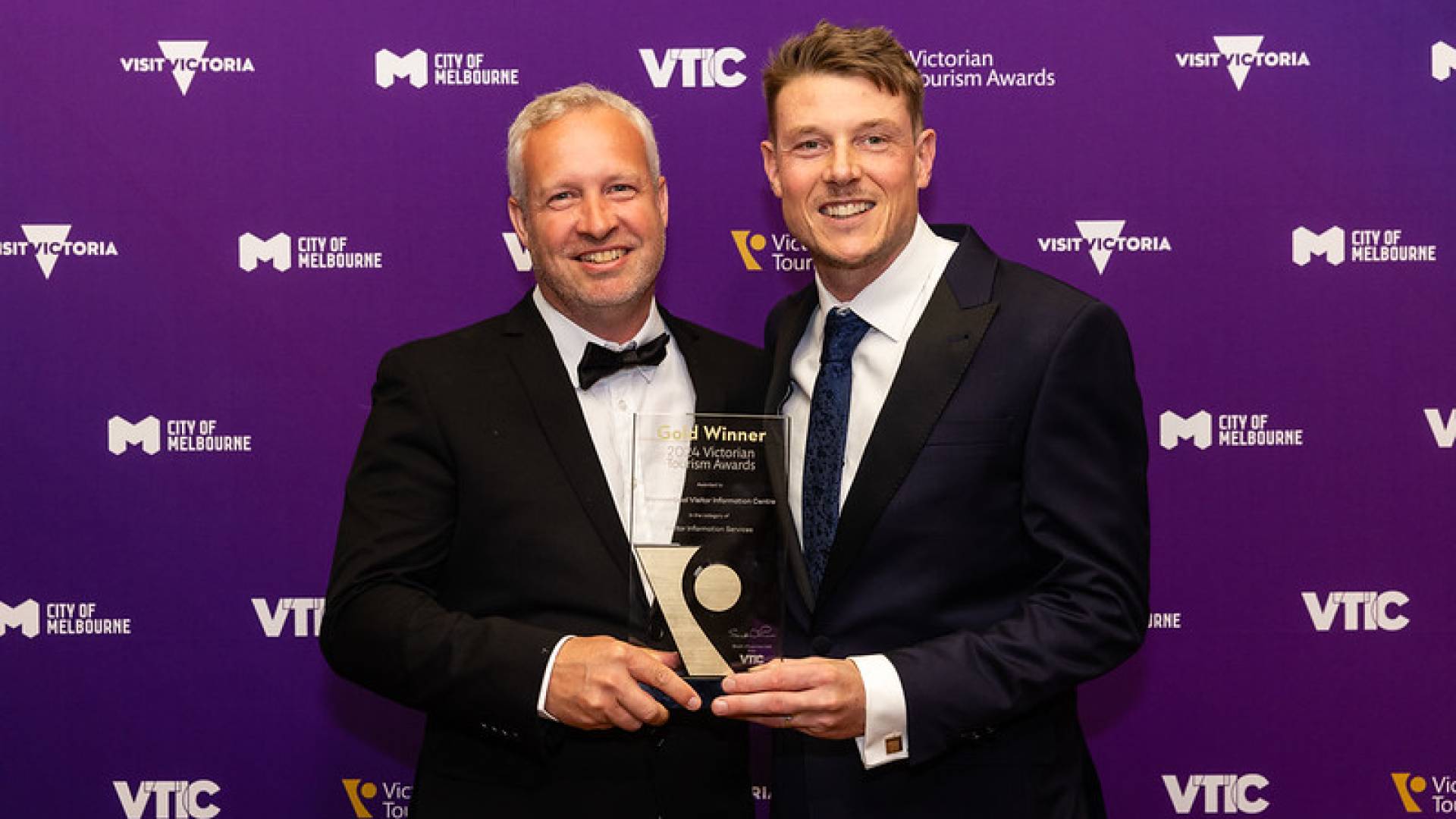New research published today reveals coevolution is a driving force behind generating biodiversity on Earth, explaining why there are millions of different species.
Coevolution occurs when closely interacting species drive evolutionary changes in each other and can lead to speciation – the evolution of new species – but until now evidence was scarce.
A team of researchers from the Australian ³Ô¹ÏÍøÕ¾ University (ANU); CSIRO, Australia’s national science agency; the University of Melbourne and the University of Cambridge put this idea to the test by studying the evolutionary arms race between cuckoos and the host birds in whose nests they lay their eggs.
Professor Naomi Langmore from ANU, lead author of the study said cuckoos made an ideal research subject as the species are very costly to their hosts.
“Soon after the cuckoo chick hatches, it pushes the host’s eggs out of the nest. The host not only loses all its own eggs, but spends several weeks rearing the cuckoo, which takes up valuable time when it could be breeding itself,” Professor Langmore explained.
“So hosts have evolved the ability to recognise and eject cuckoo chicks from their nests.
“Only the cuckoos that most resemble the host’s own chicks have any chance of escaping detection, so over many generations the cuckoo chicks have evolved to mimic the host chicks.
“Each species of bronze-cuckoo closely matches the appearance of their host’s chicks, fooling the host parents into accepting the cuckoo.”
The study shows how these interactions can cause new species to arise; when a cuckoo species exploits several different hosts, it diverges genetically into separate lineages, each of which mimics the chicks of its favoured host.
The striking differences between the chicks of different bronze-cuckoo lineages correspond to subtle differences in the plumage and calls of the adults, which help males and females that specialise on the same host to recognise and pair with each other.
The study revealed coevolution is most likely to drive speciation when the cuckoos are very costly to their hosts, leading to a ‘coevolutionary arms race’ between host defences and cuckoo counteradaptations. A broad-scale analysis across all cuckoo species found those lineages that are most costly to their hosts have higher speciation rates than less costly cuckoo species and their non-parasitic relatives.
Dr Clare Holleley, an evolutionary biologist at CSIRO and coauthor of the study, explained a breakthrough in the research came from examining historical collections.
“This finding is significant in evolutionary biology, showing that coevolution between interacting species increases biodiversity by driving speciation,” Dr Holleley said.
“The ability to do undertake this research was many years in the making.
“A critical step was our breakthrough in extracting DNA from eggshells in historical collections and sequencing it for genetic studies.
“We then combined two decades of behavioural fieldwork with DNA analysis of specimens of eggs and birds held in museums and collections.”
The paper ‘Coevolution with hosts underpins speciation in brood-parasitic cuckoos’ was published in Science.







